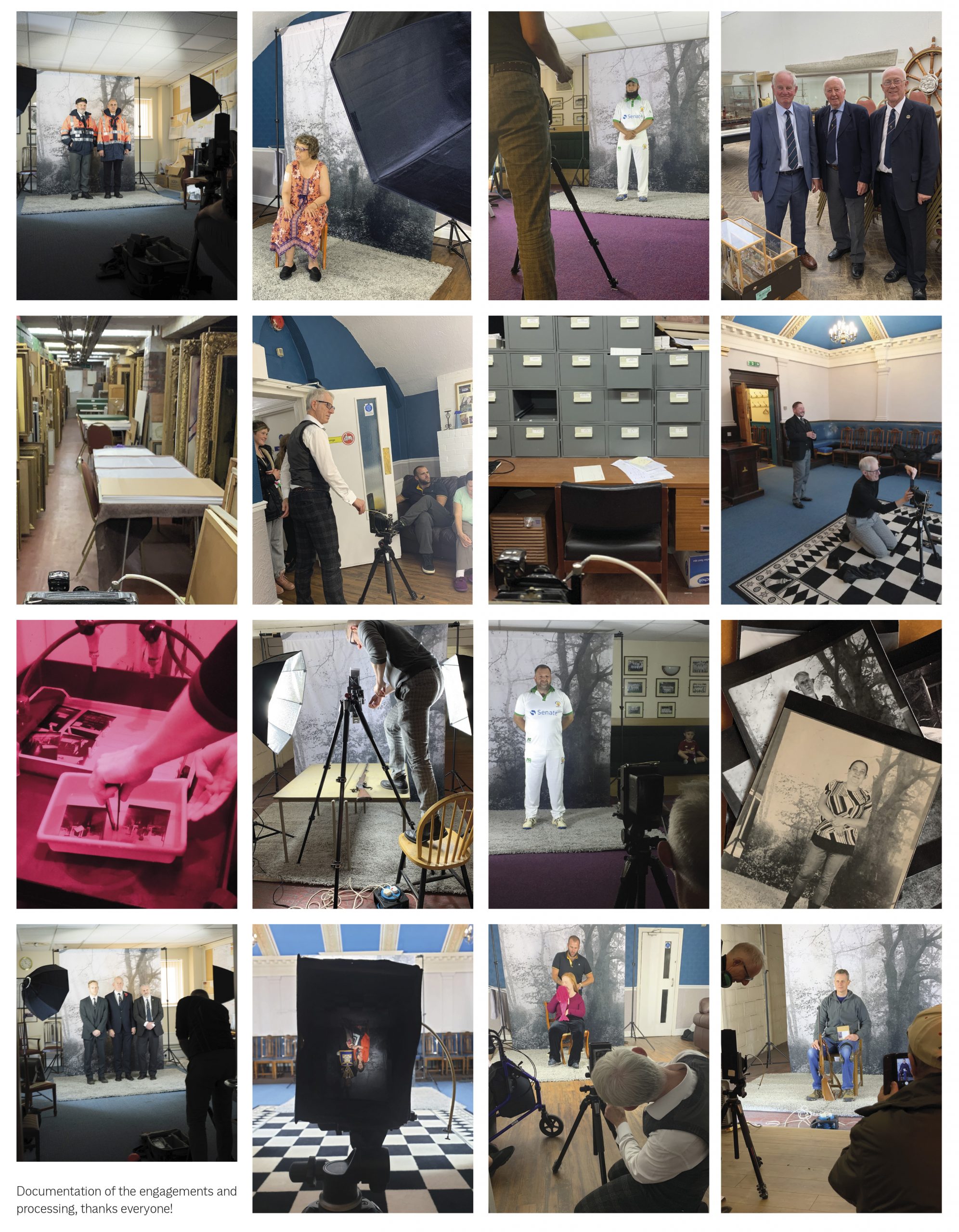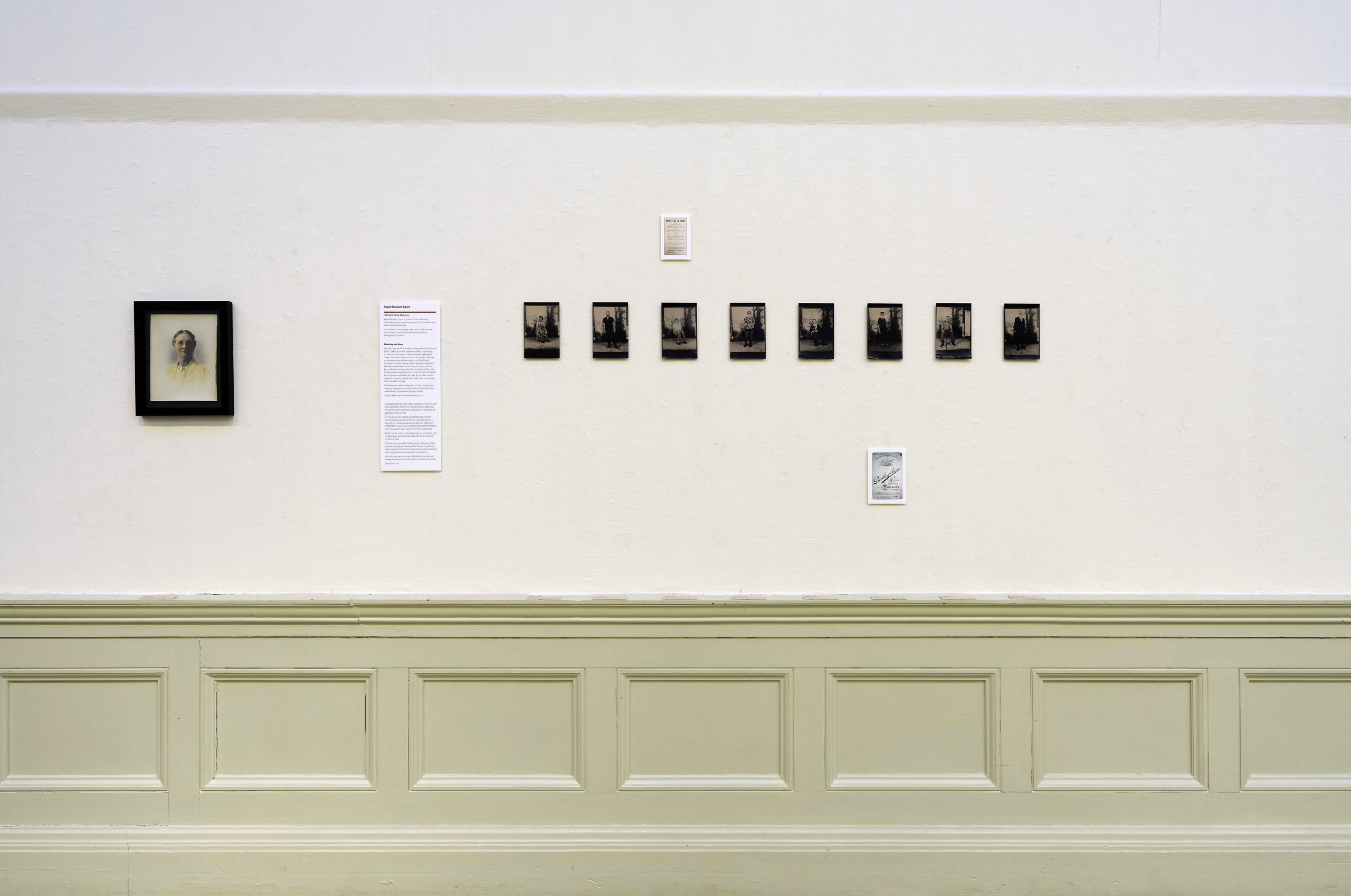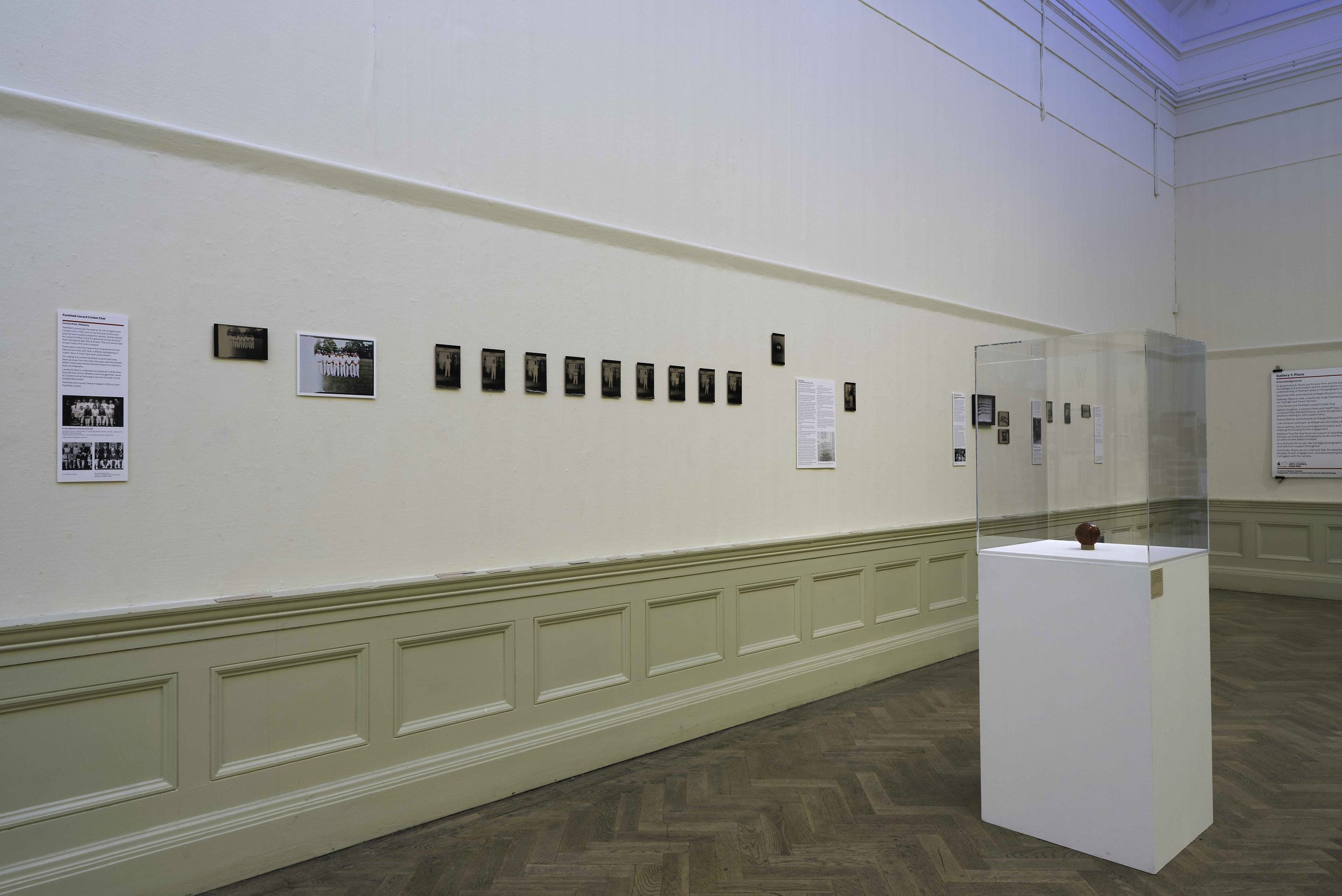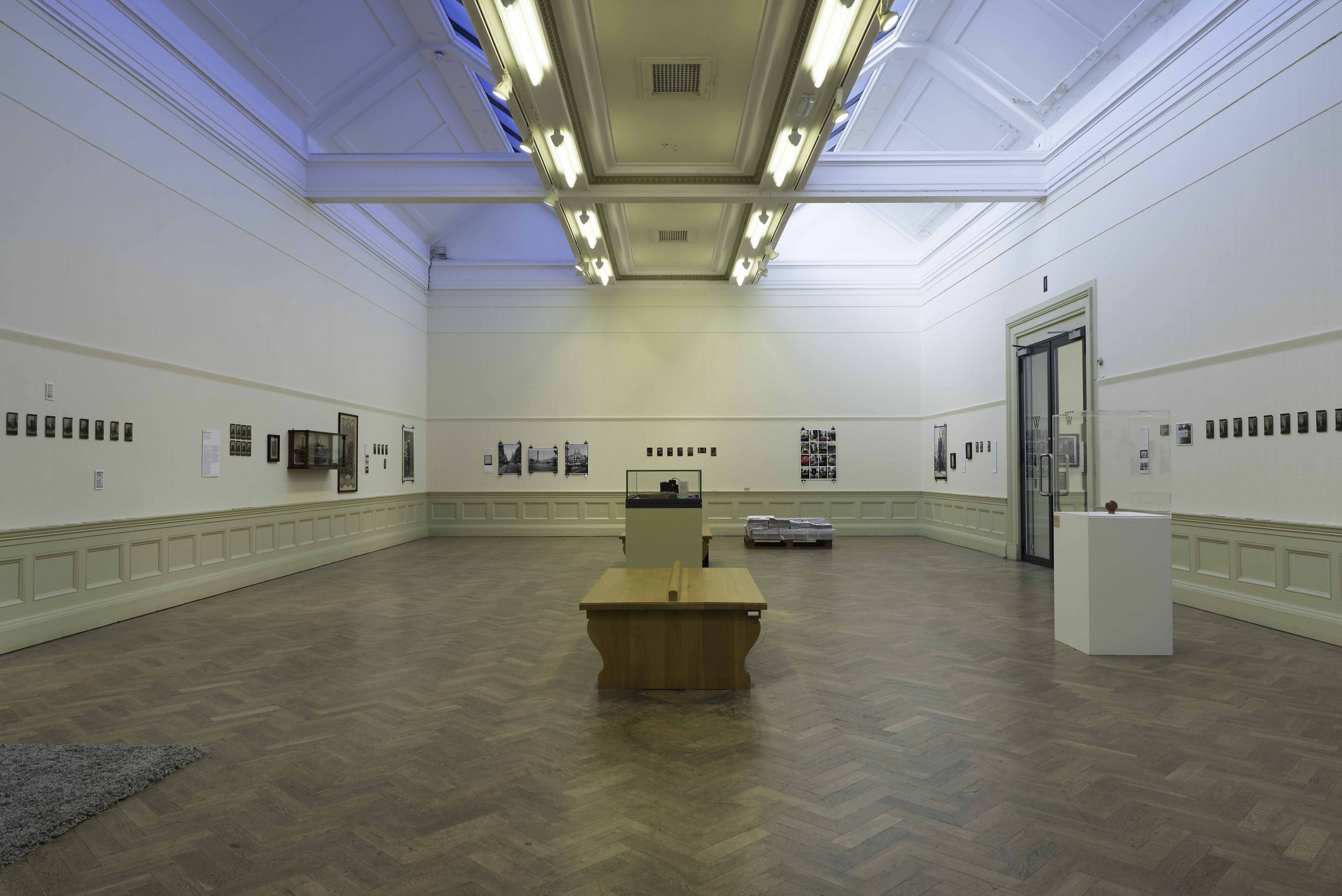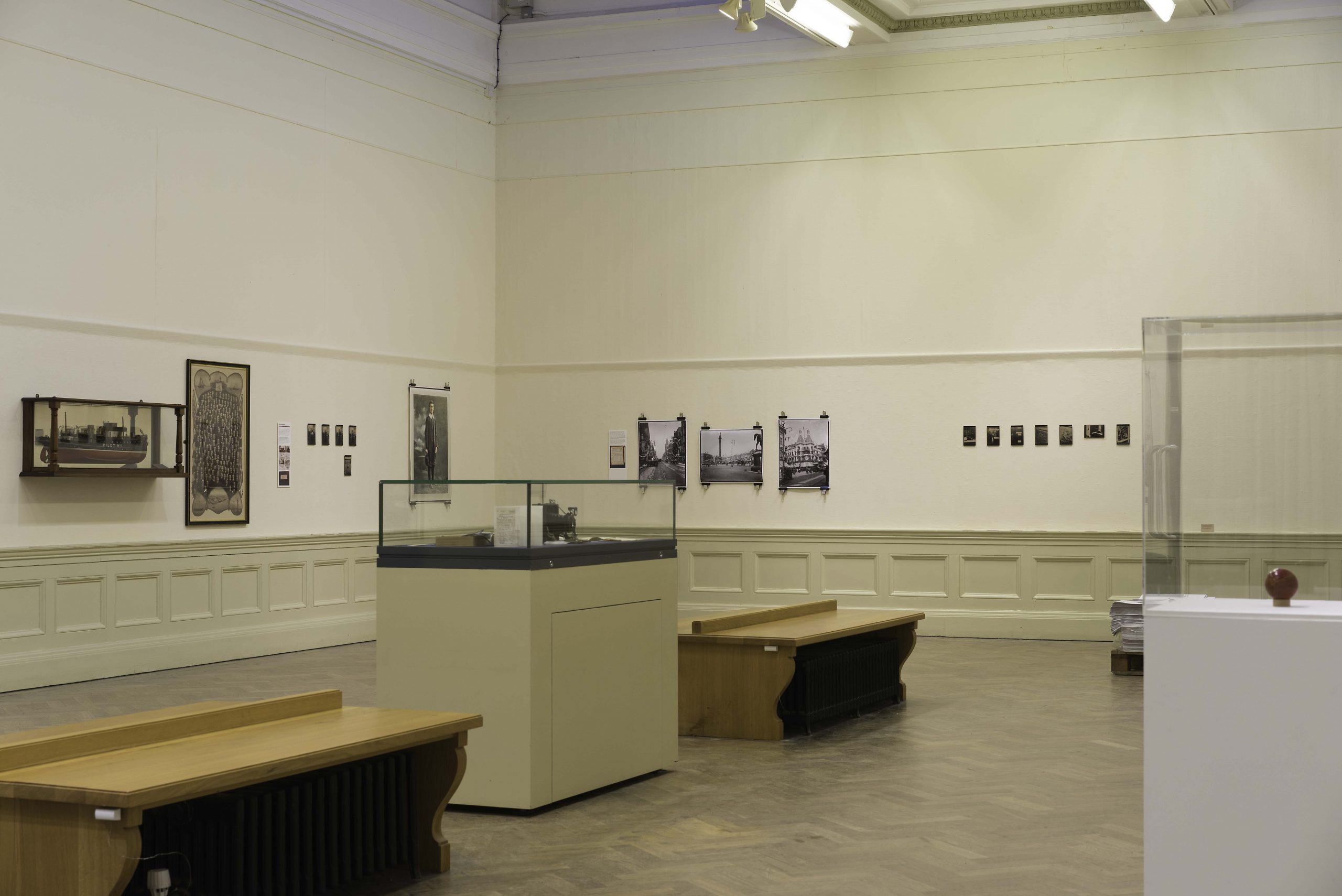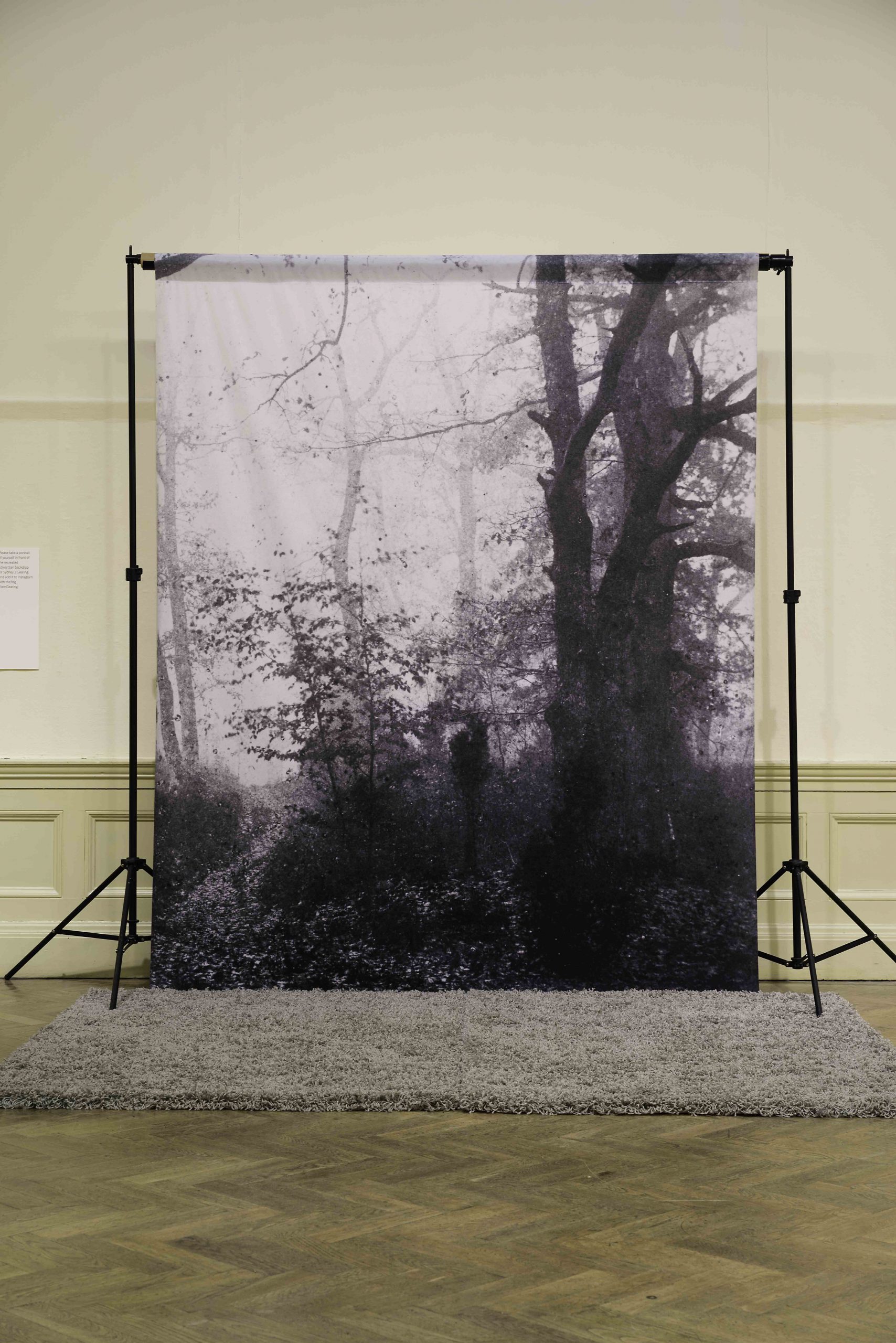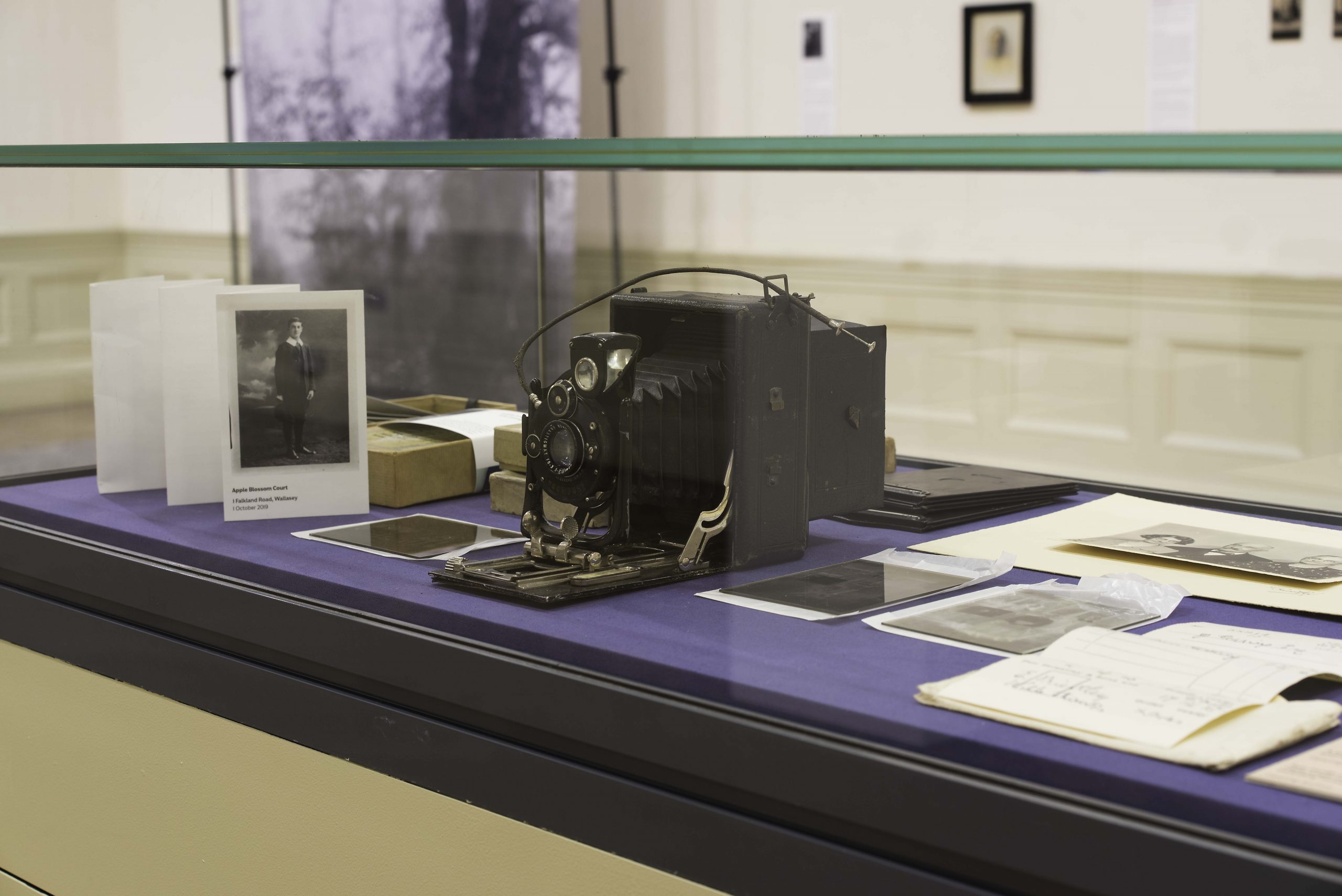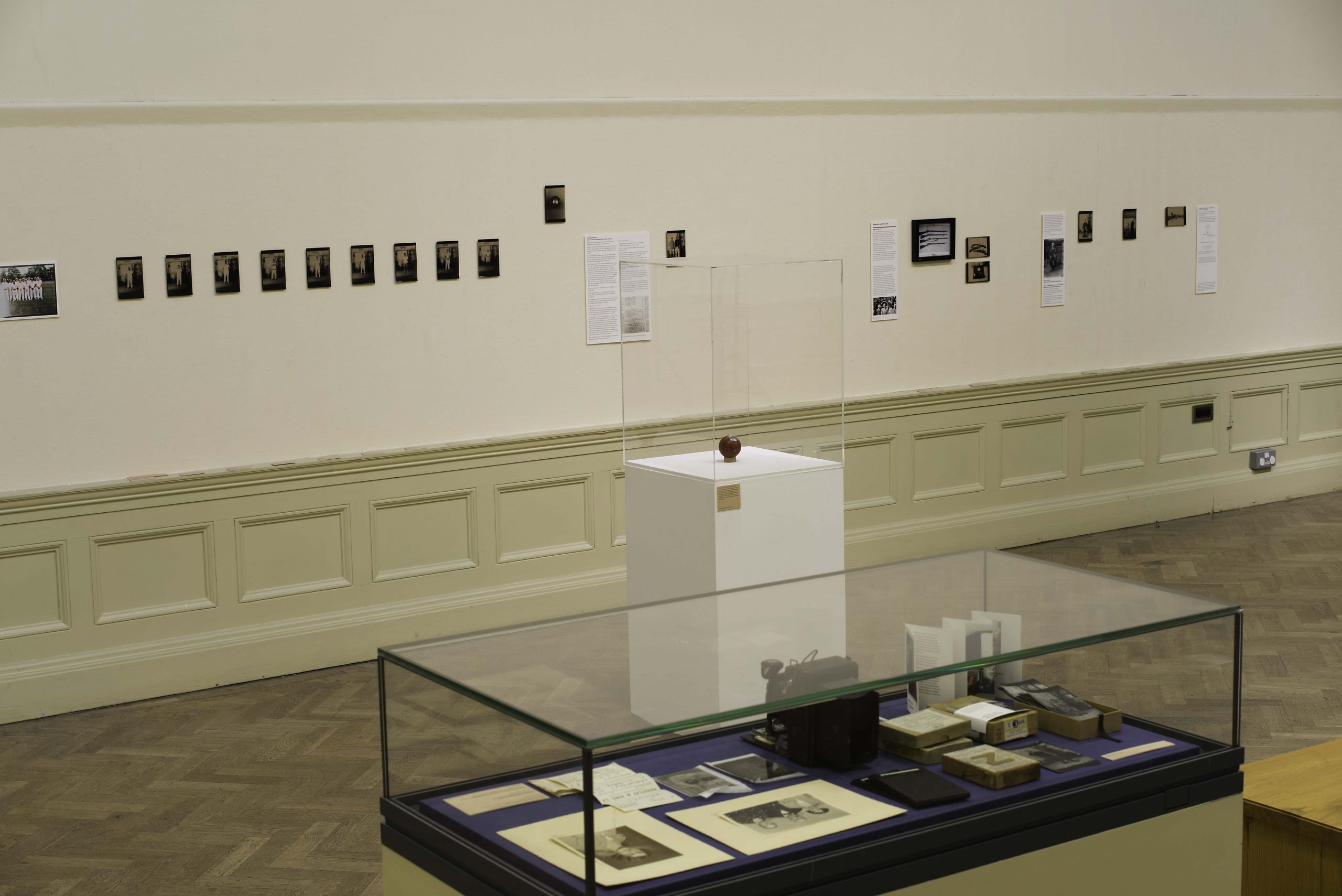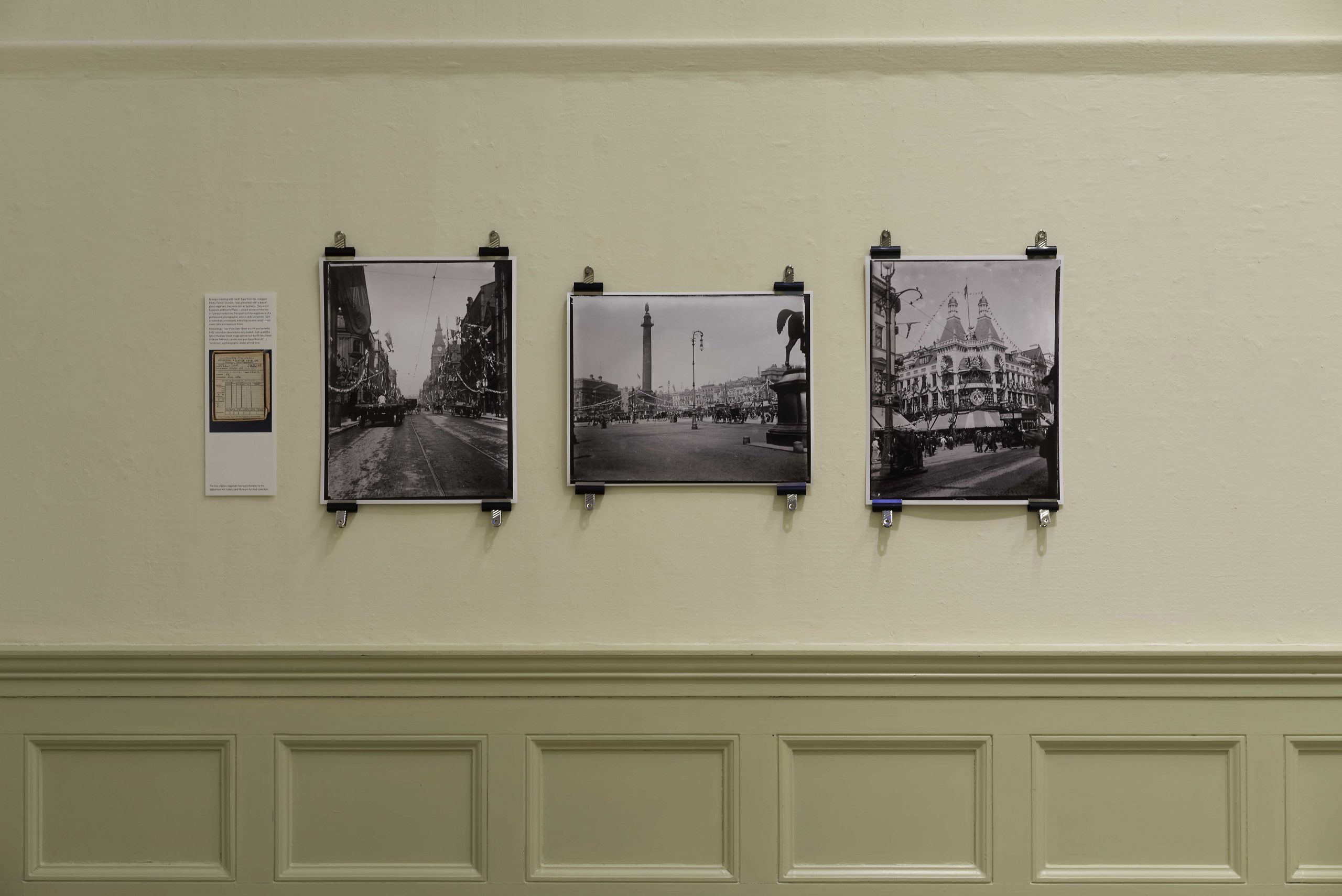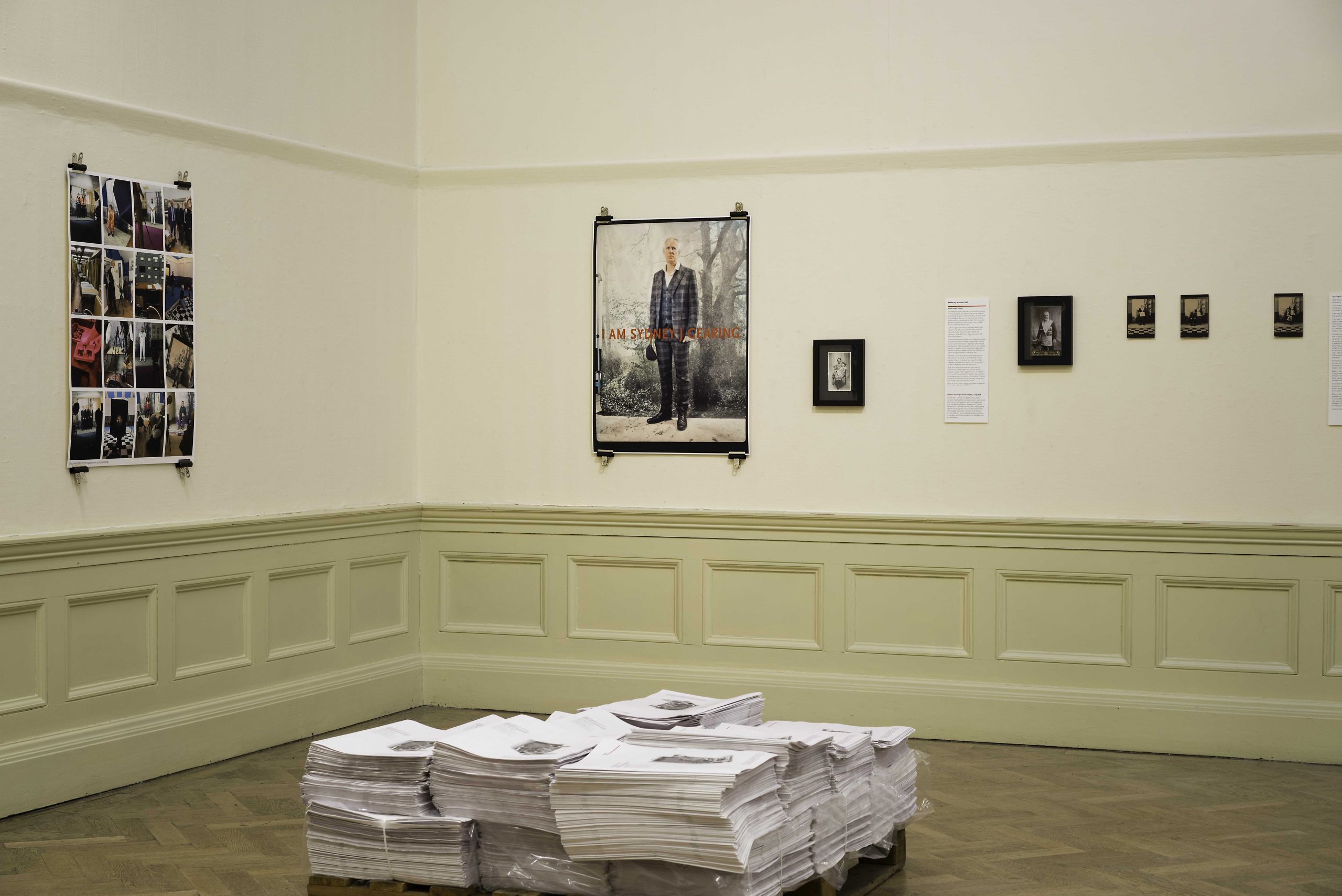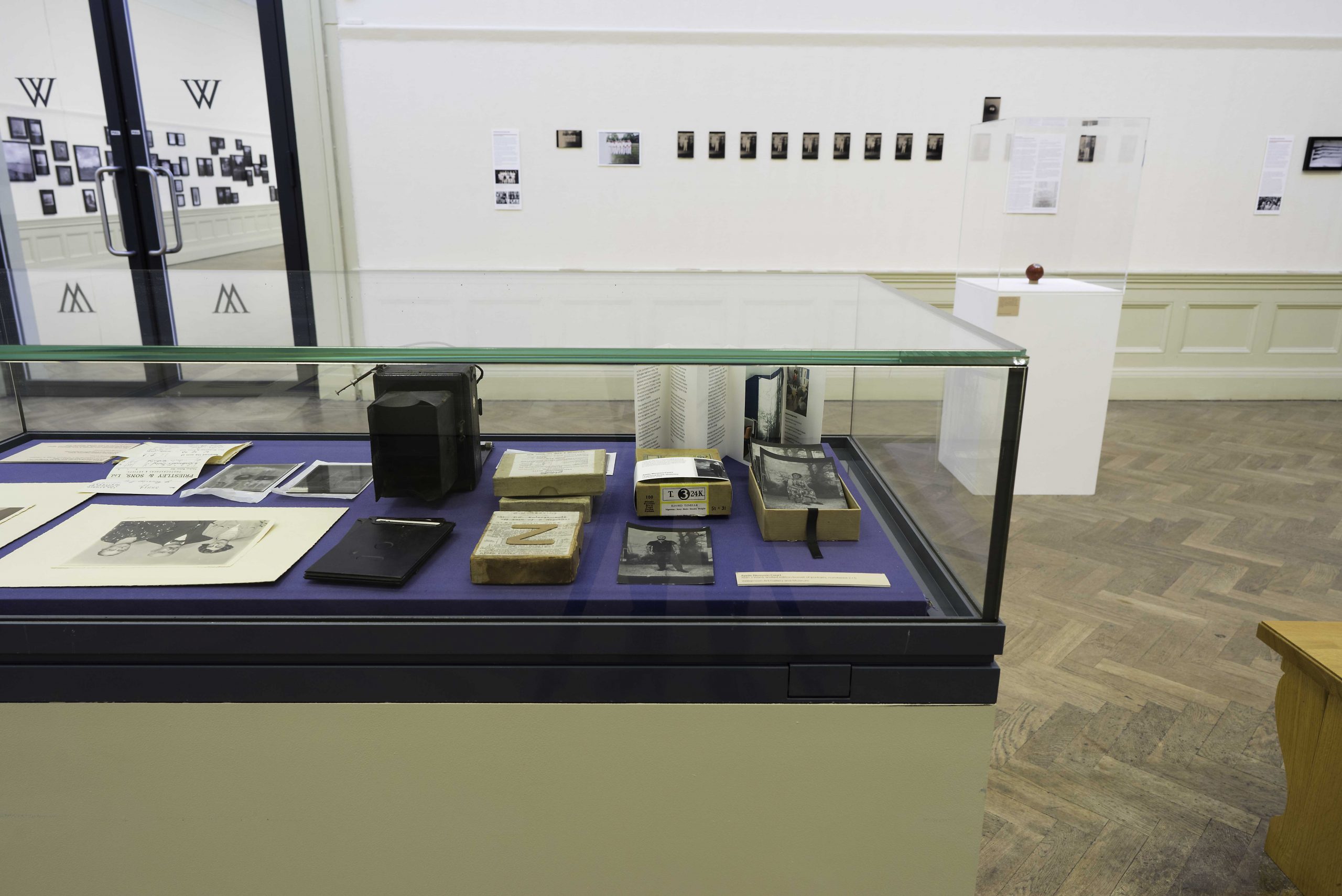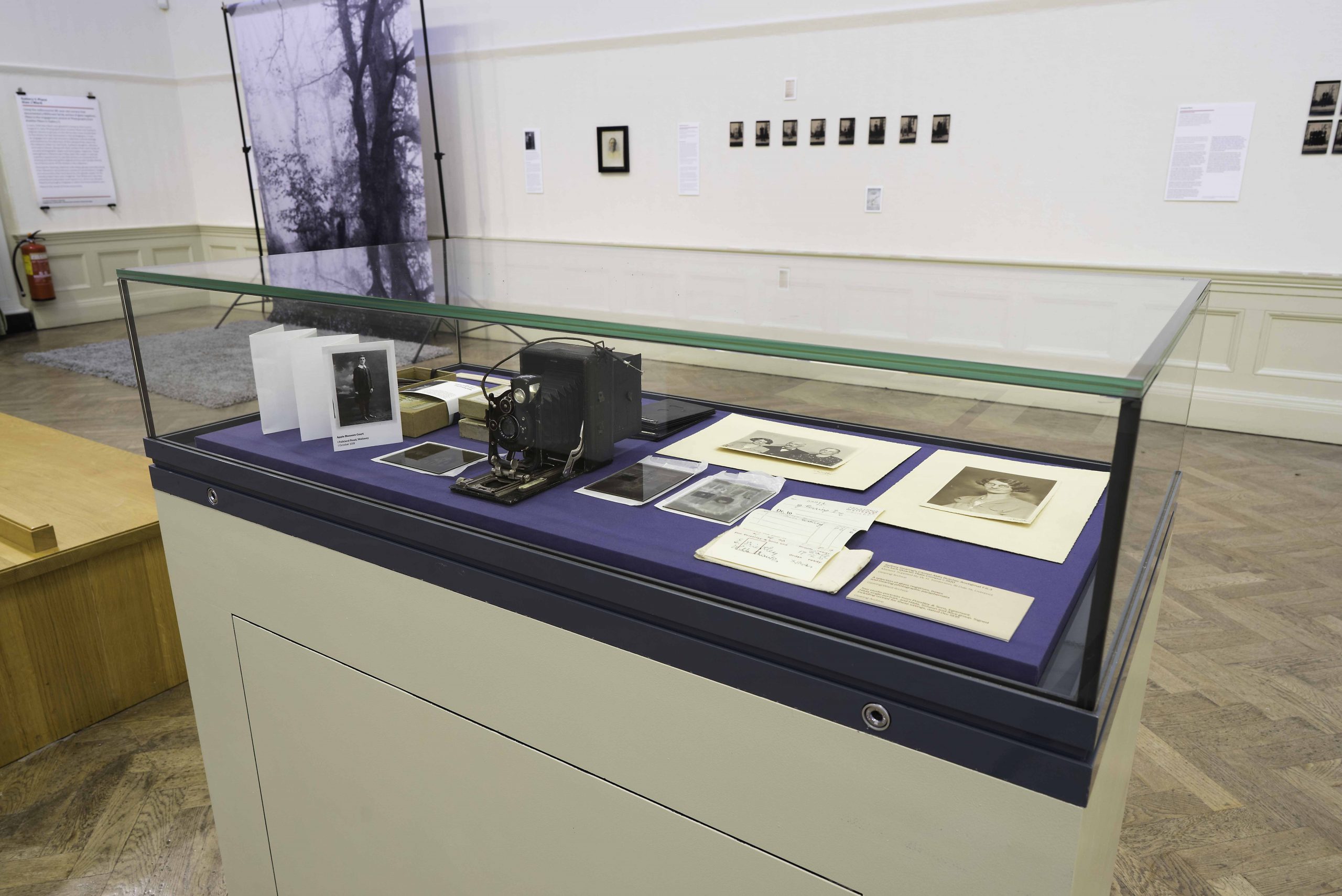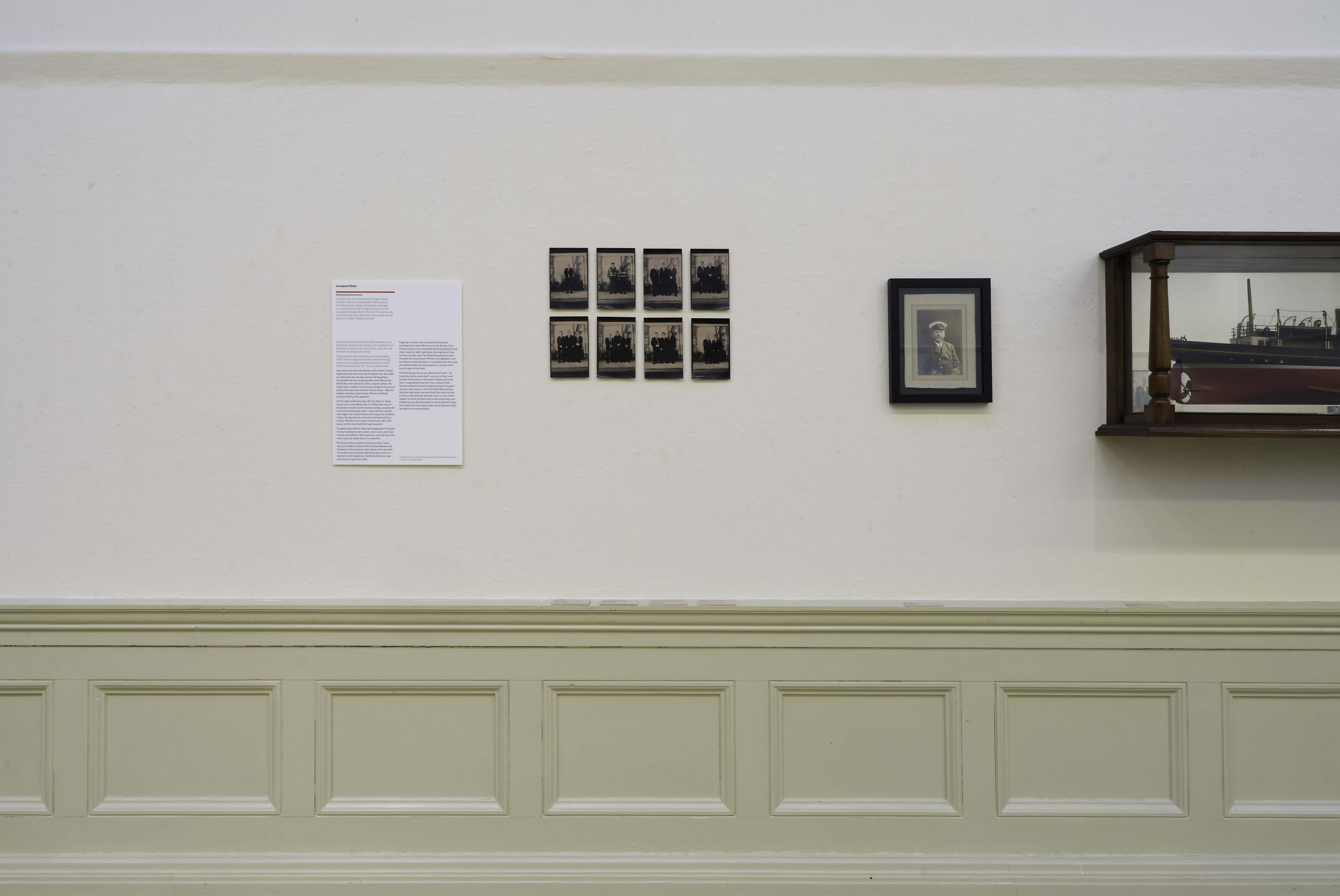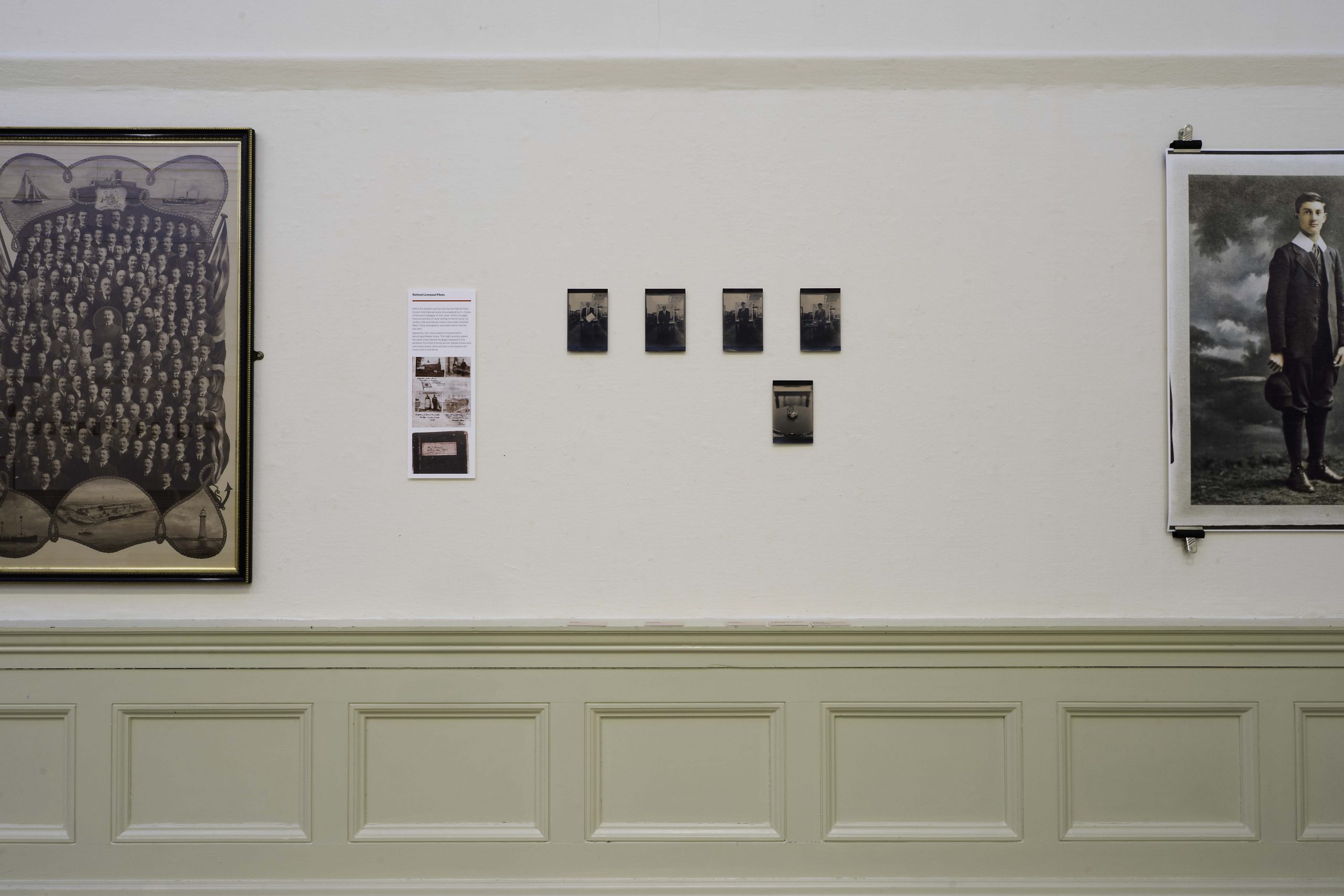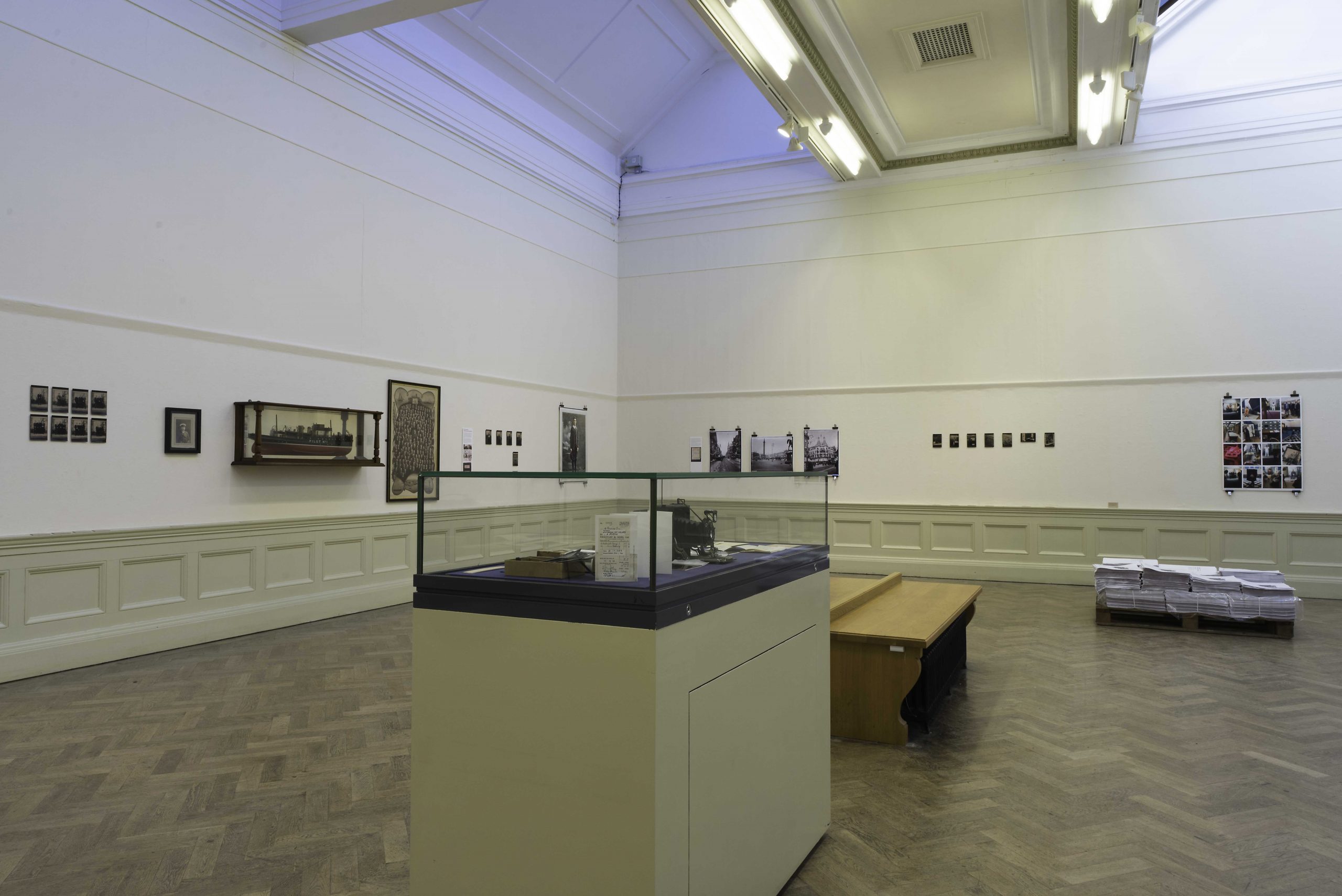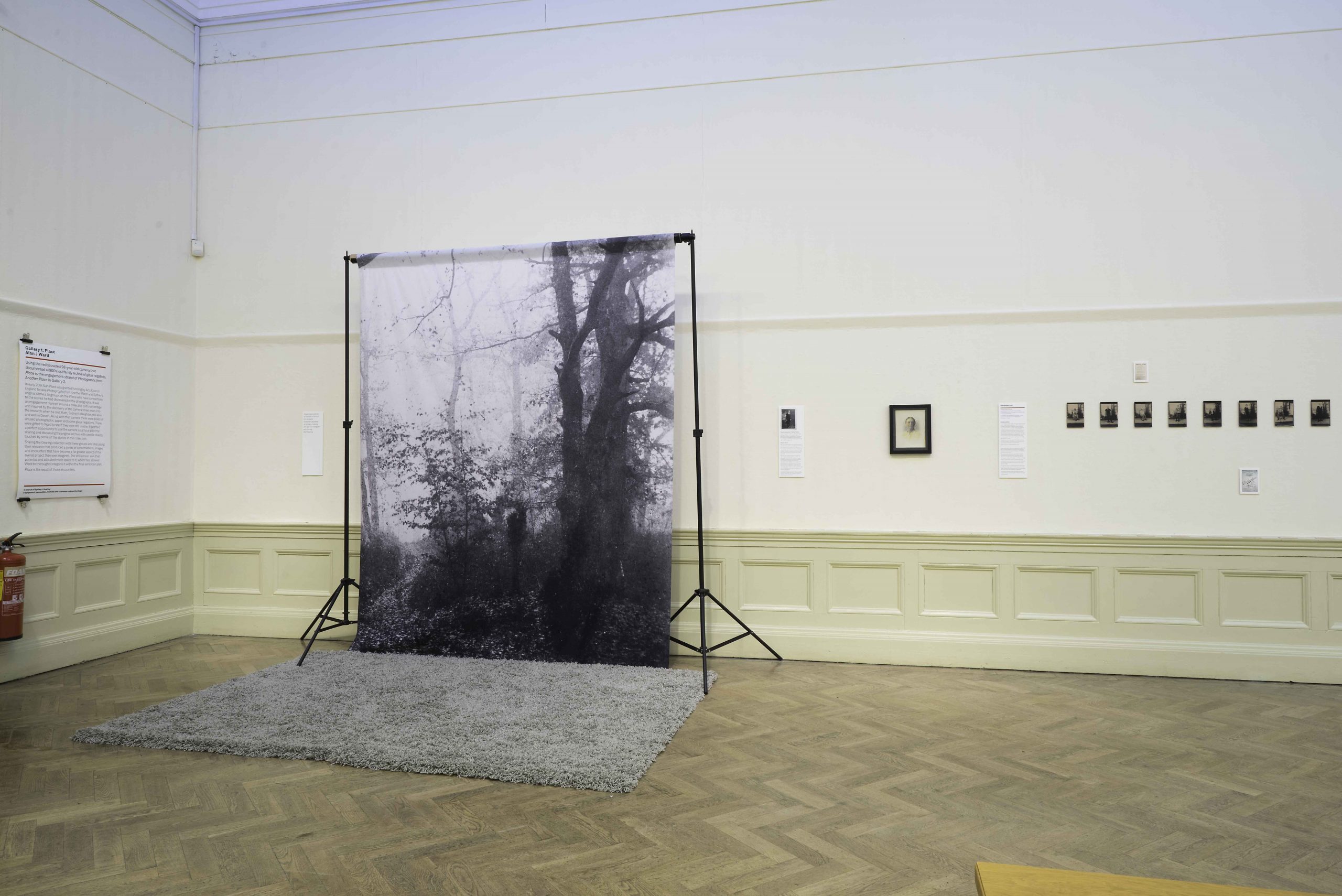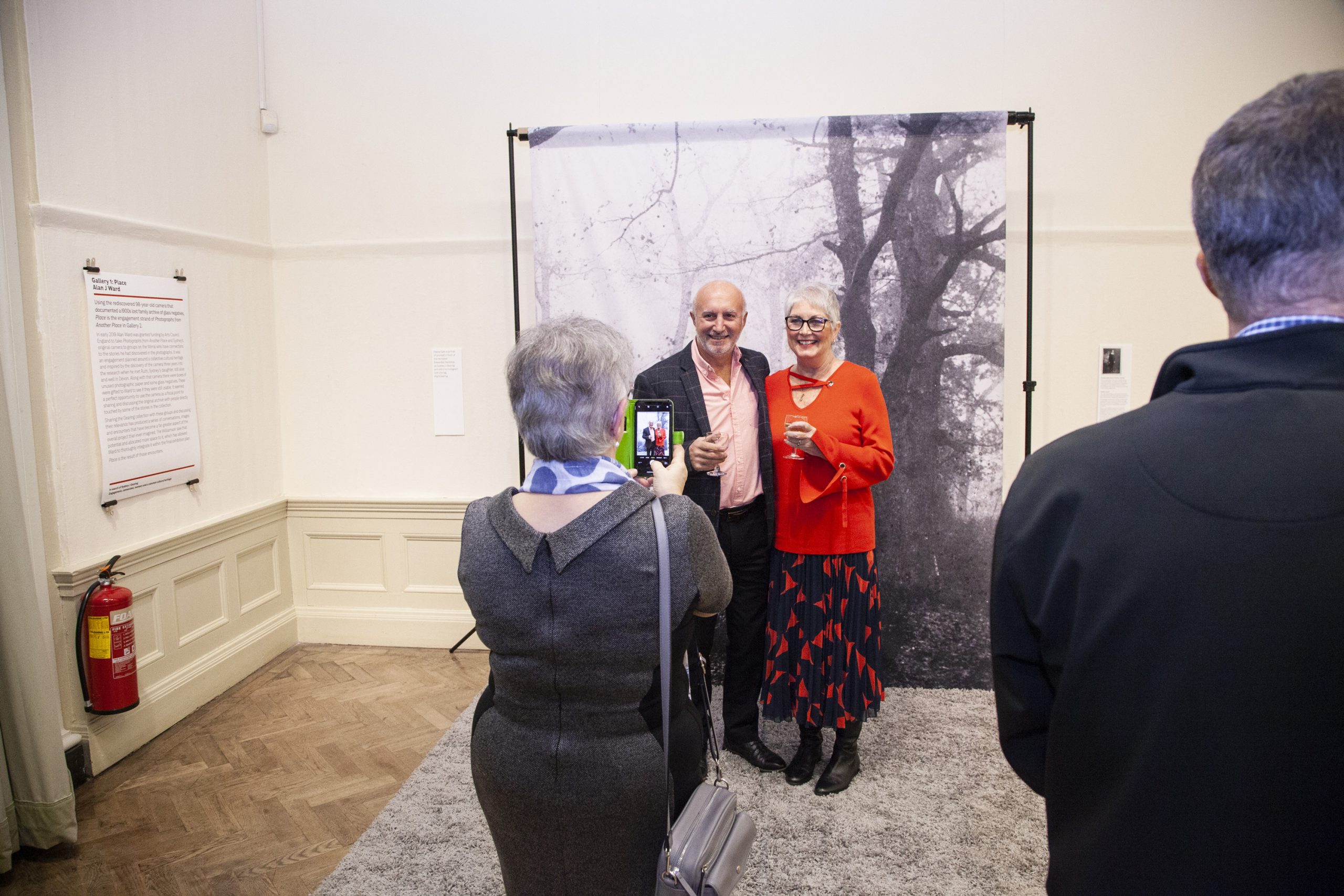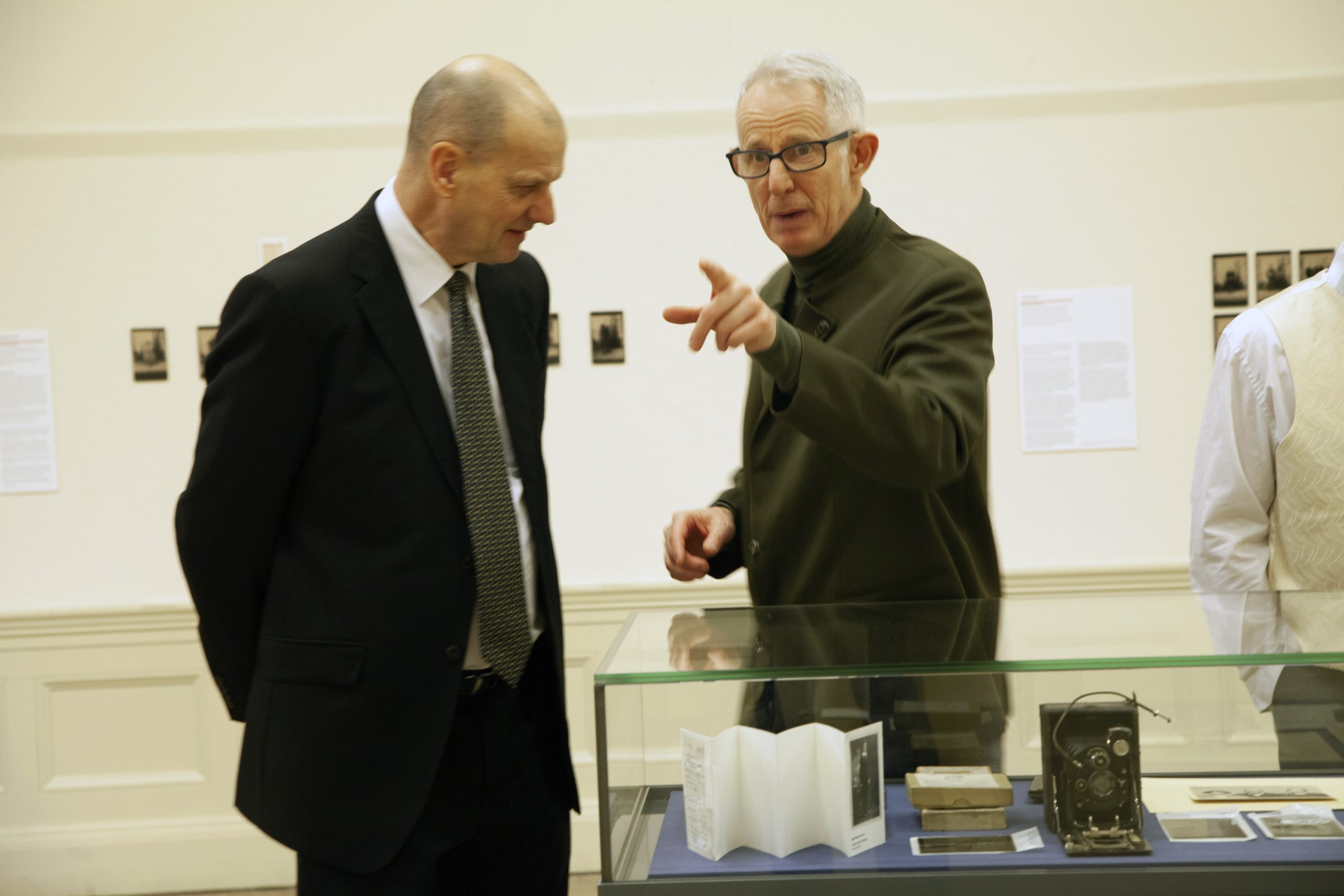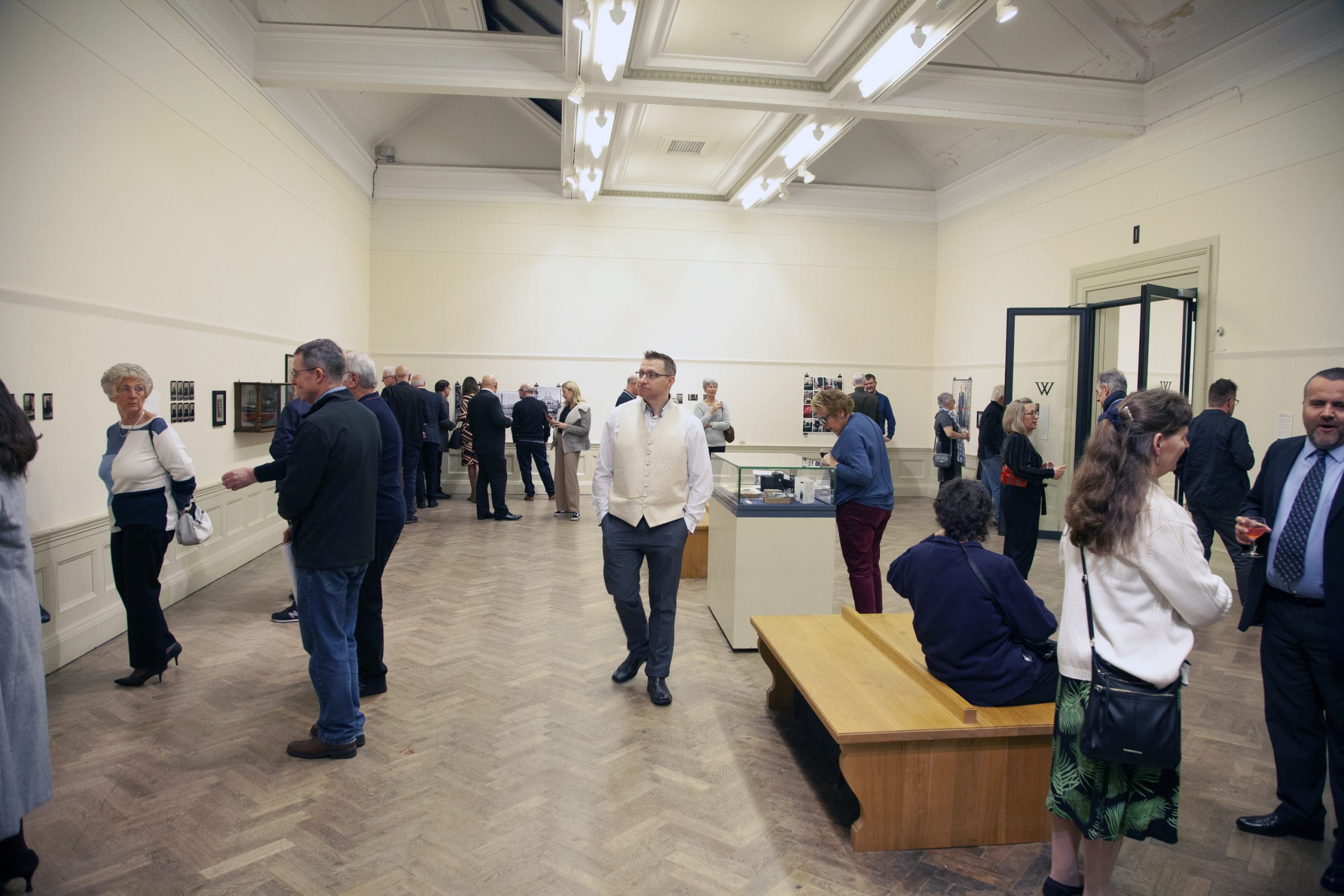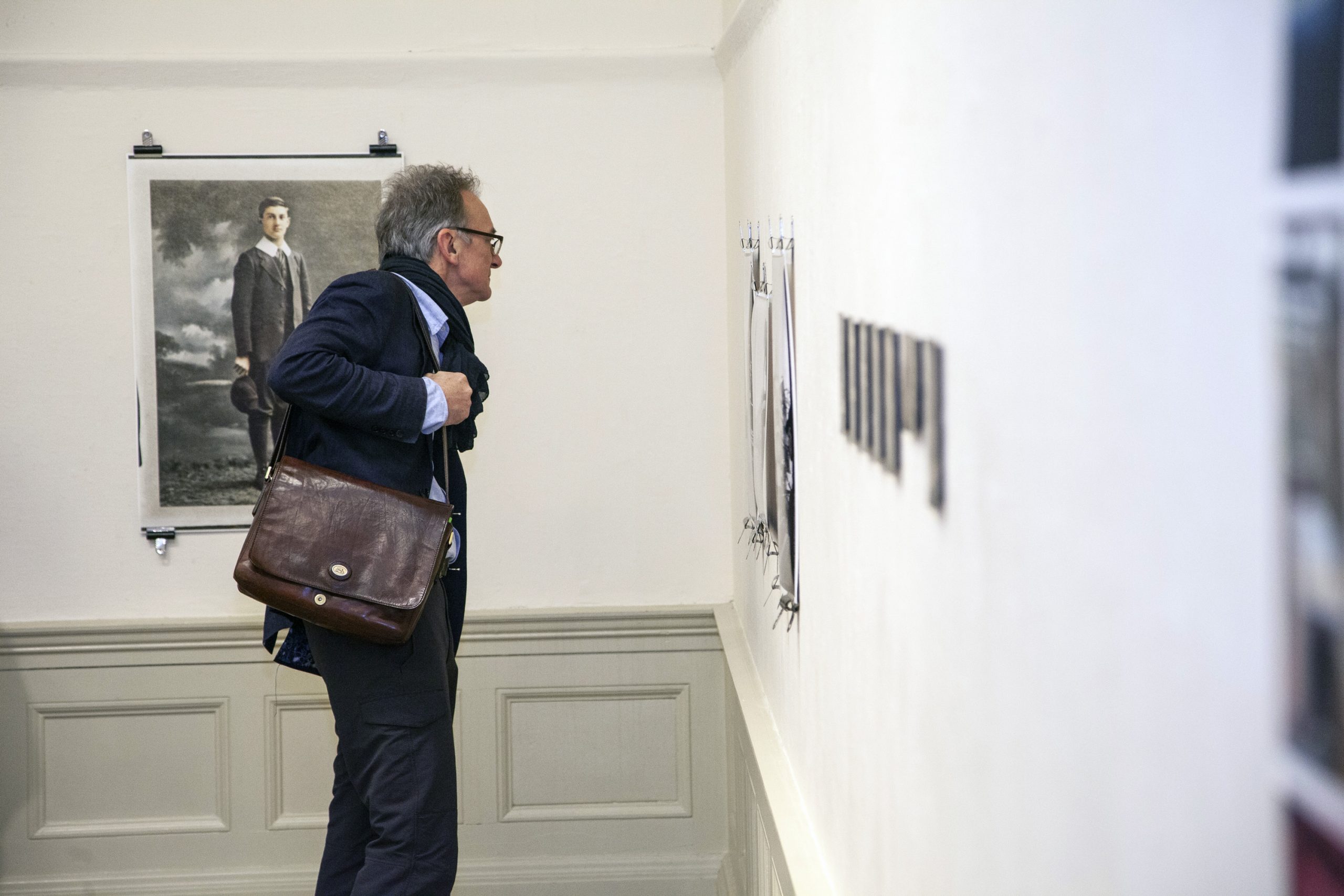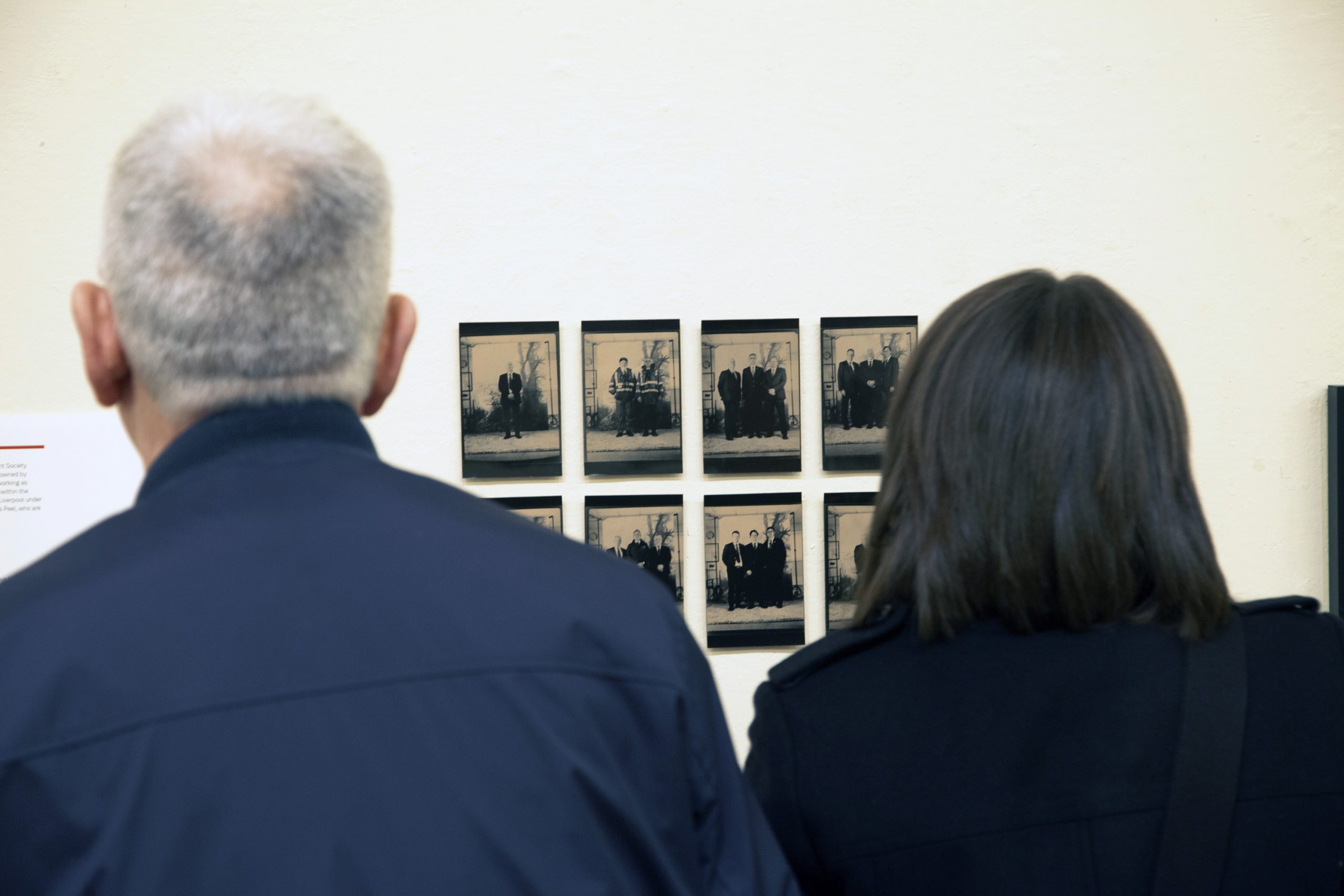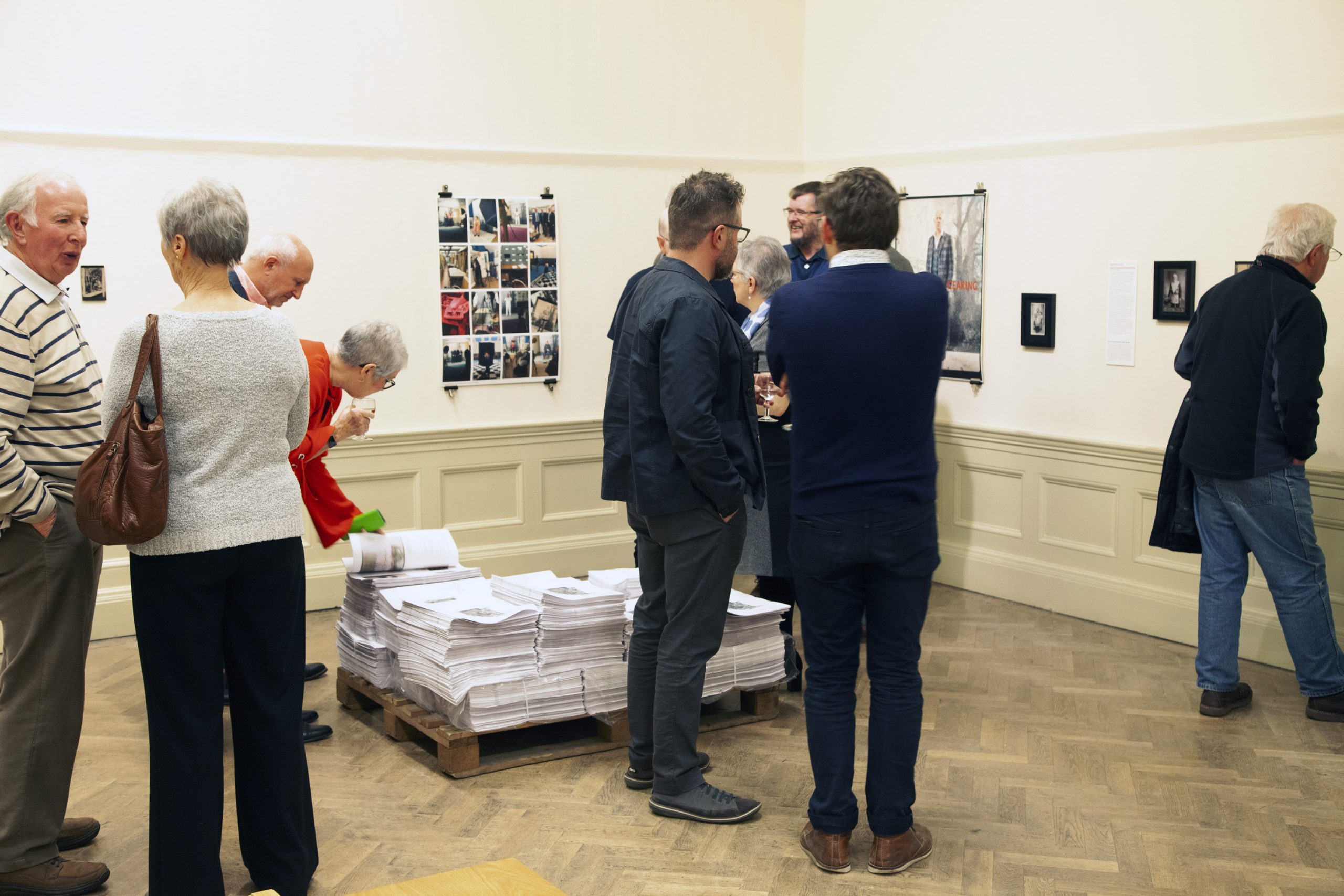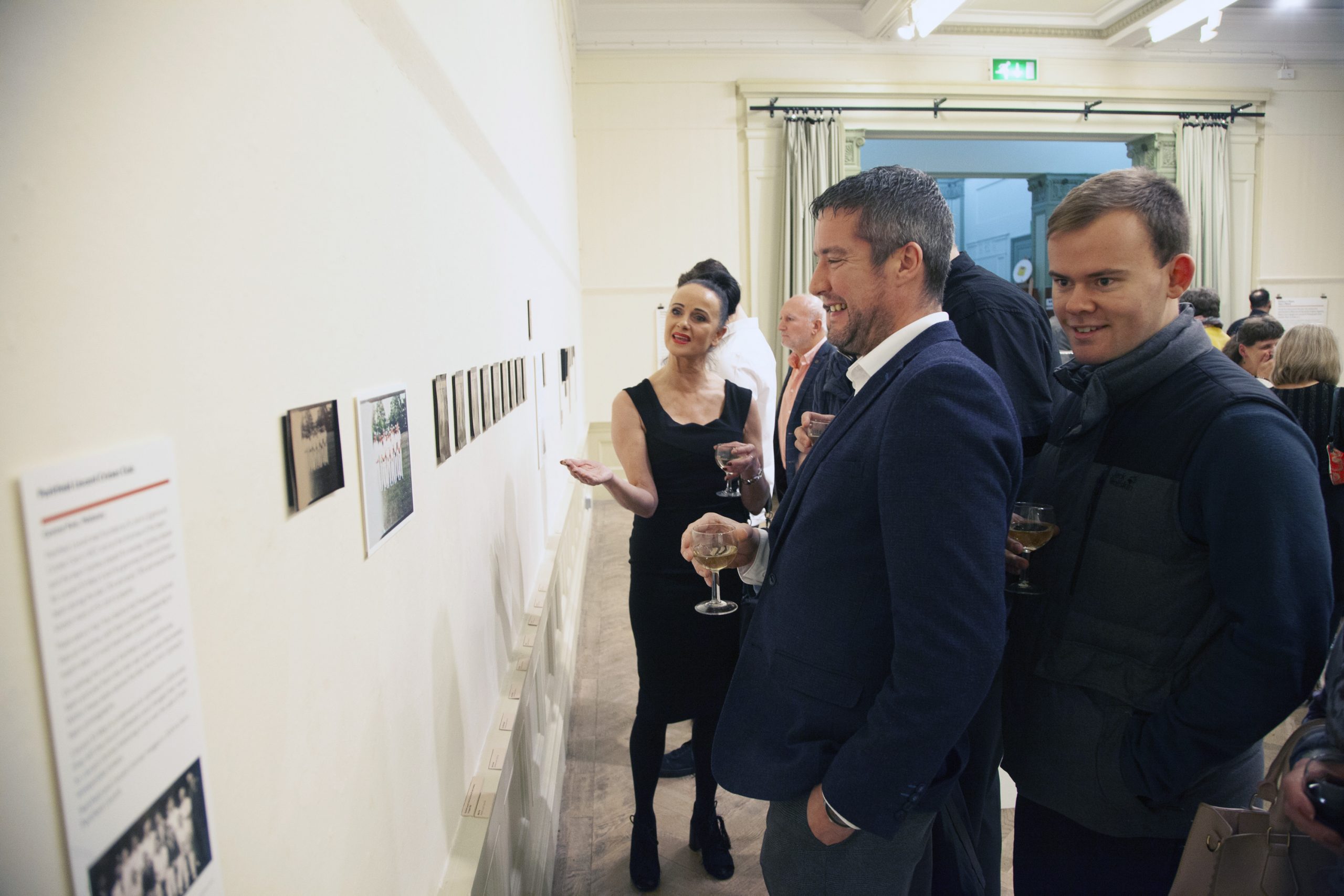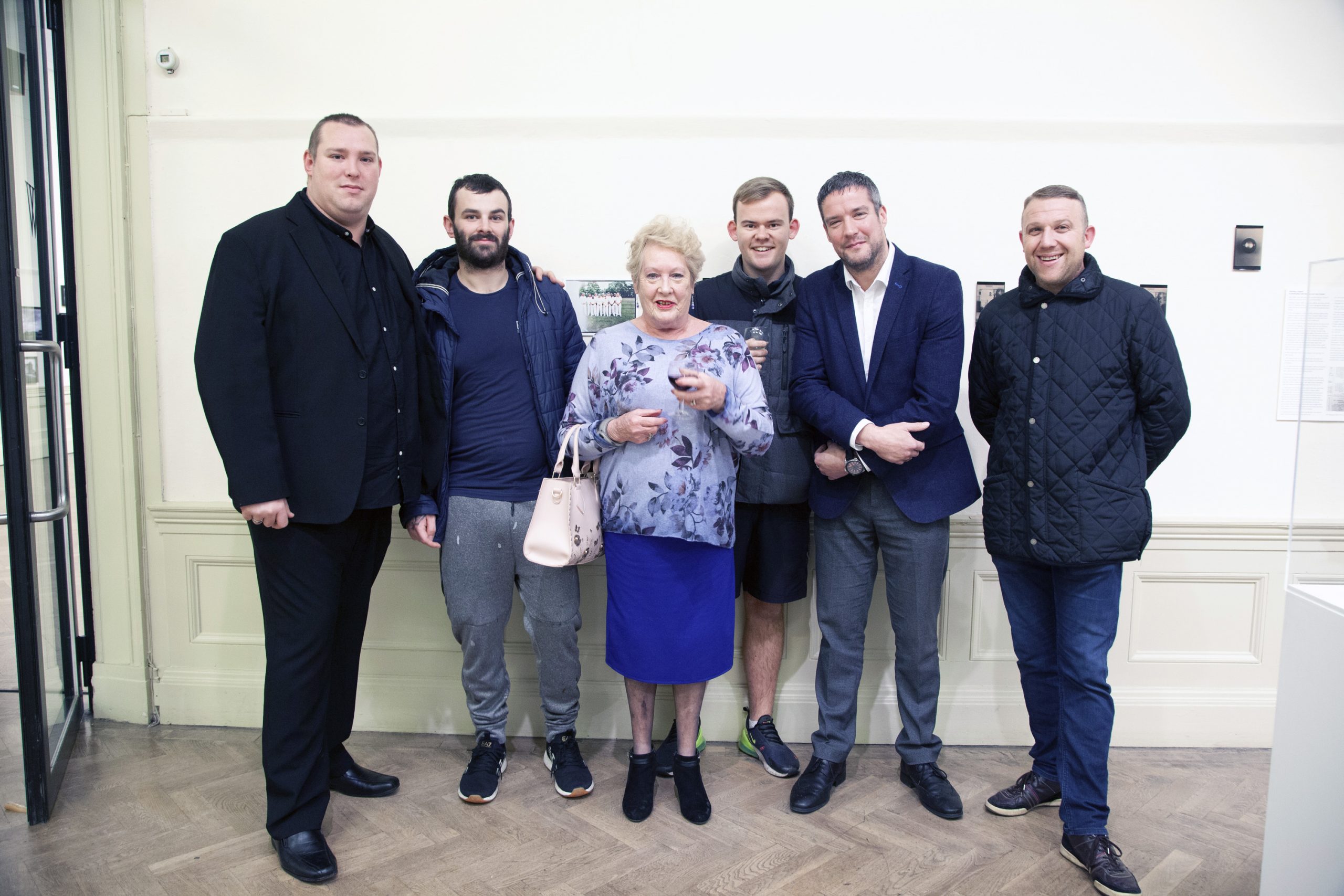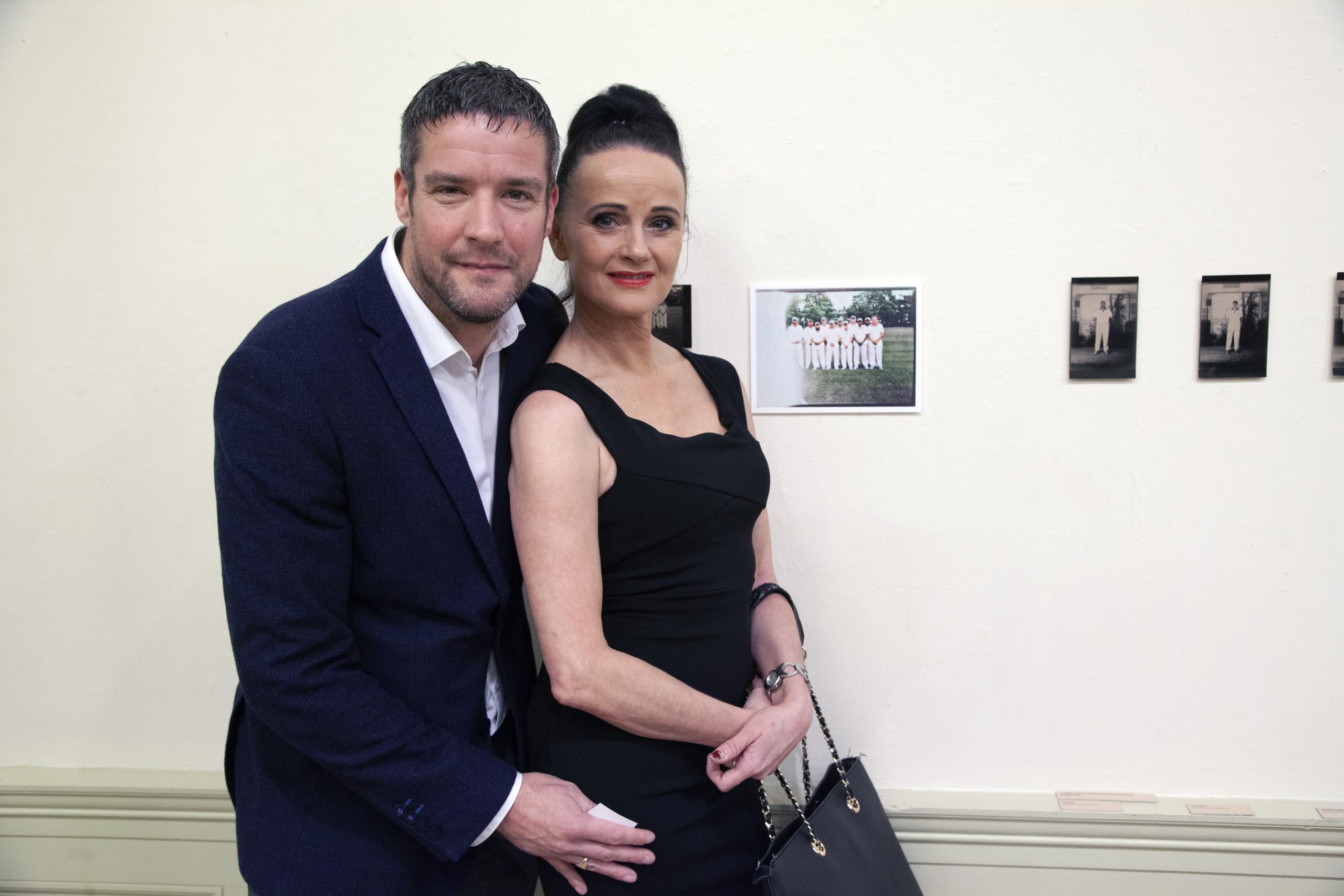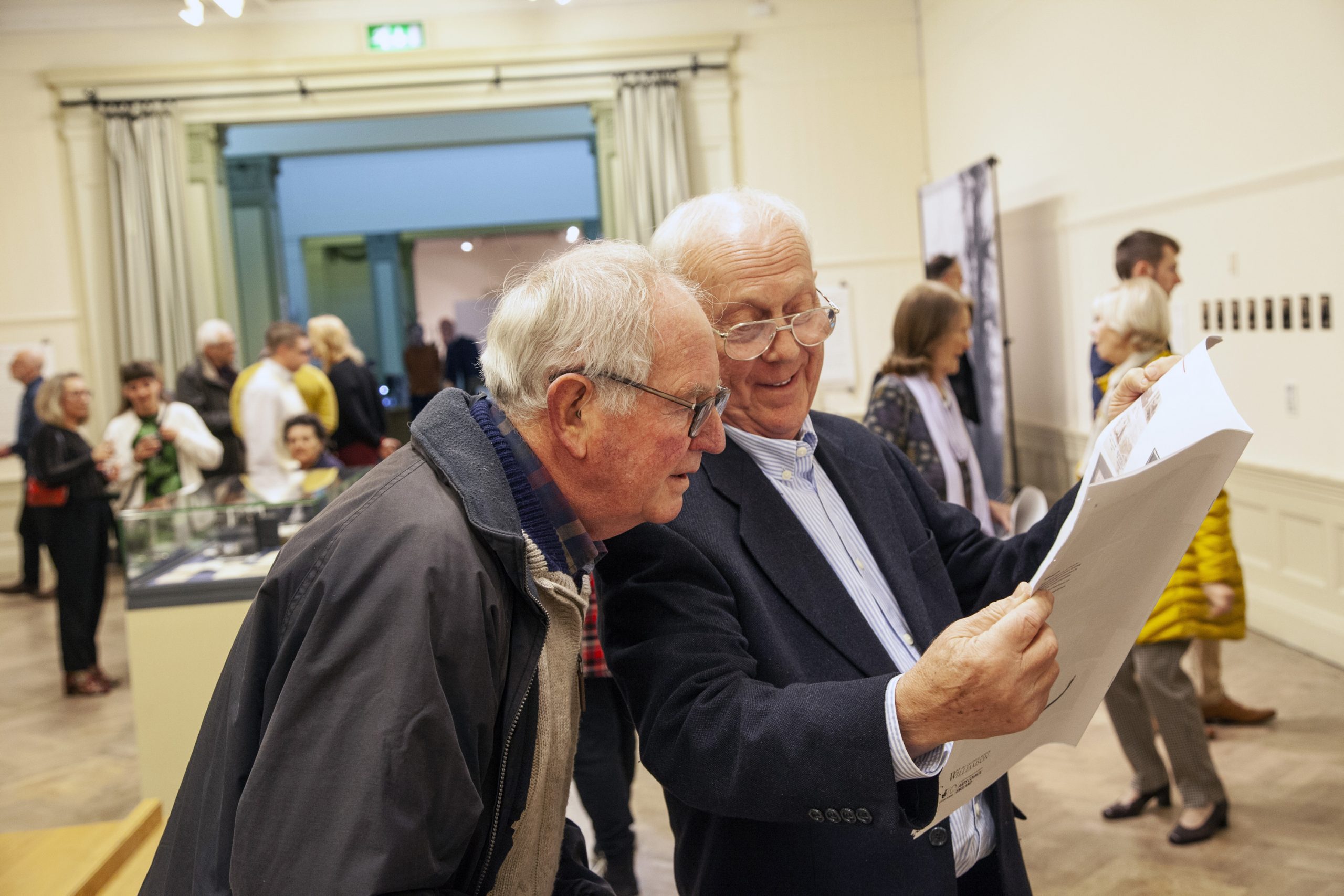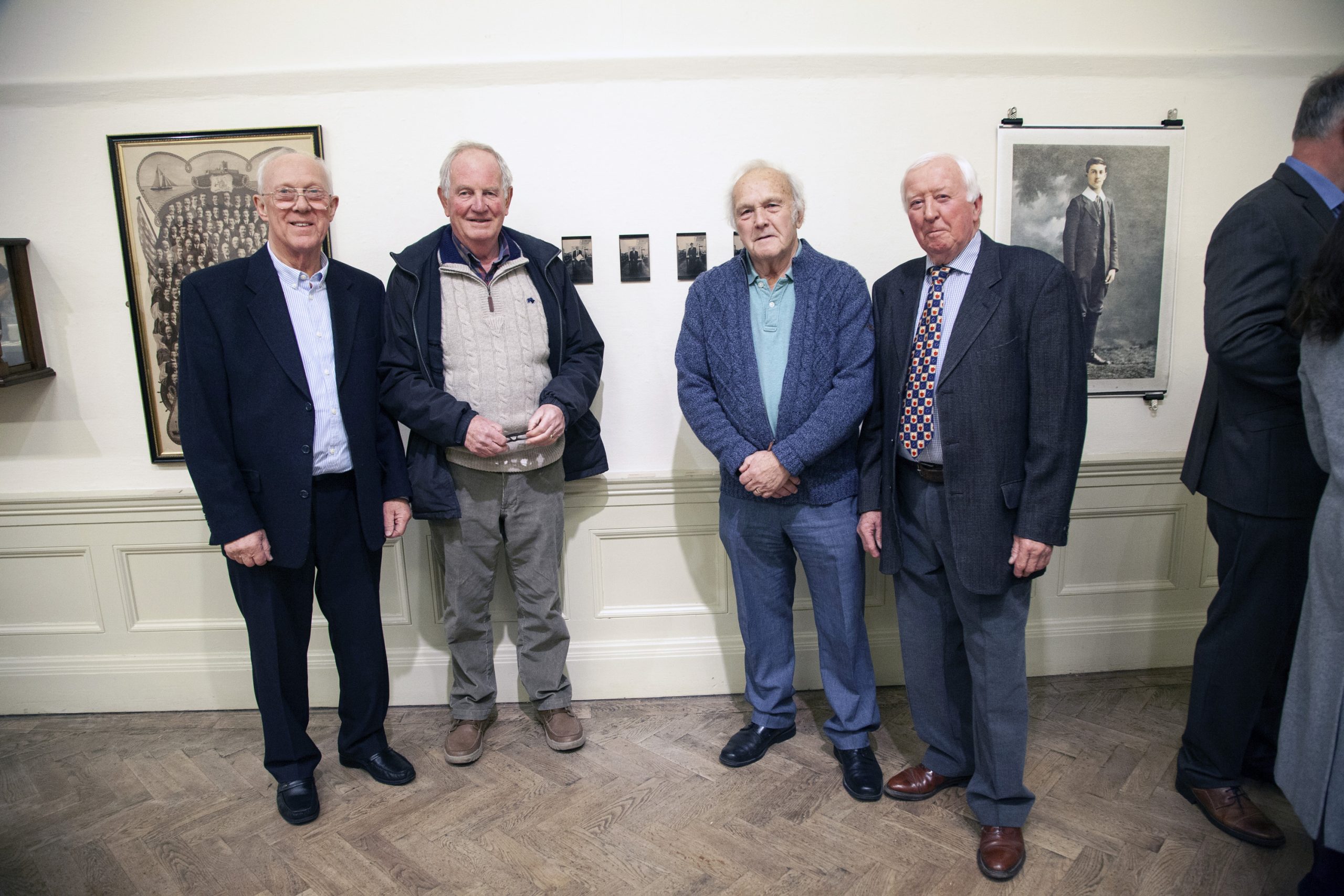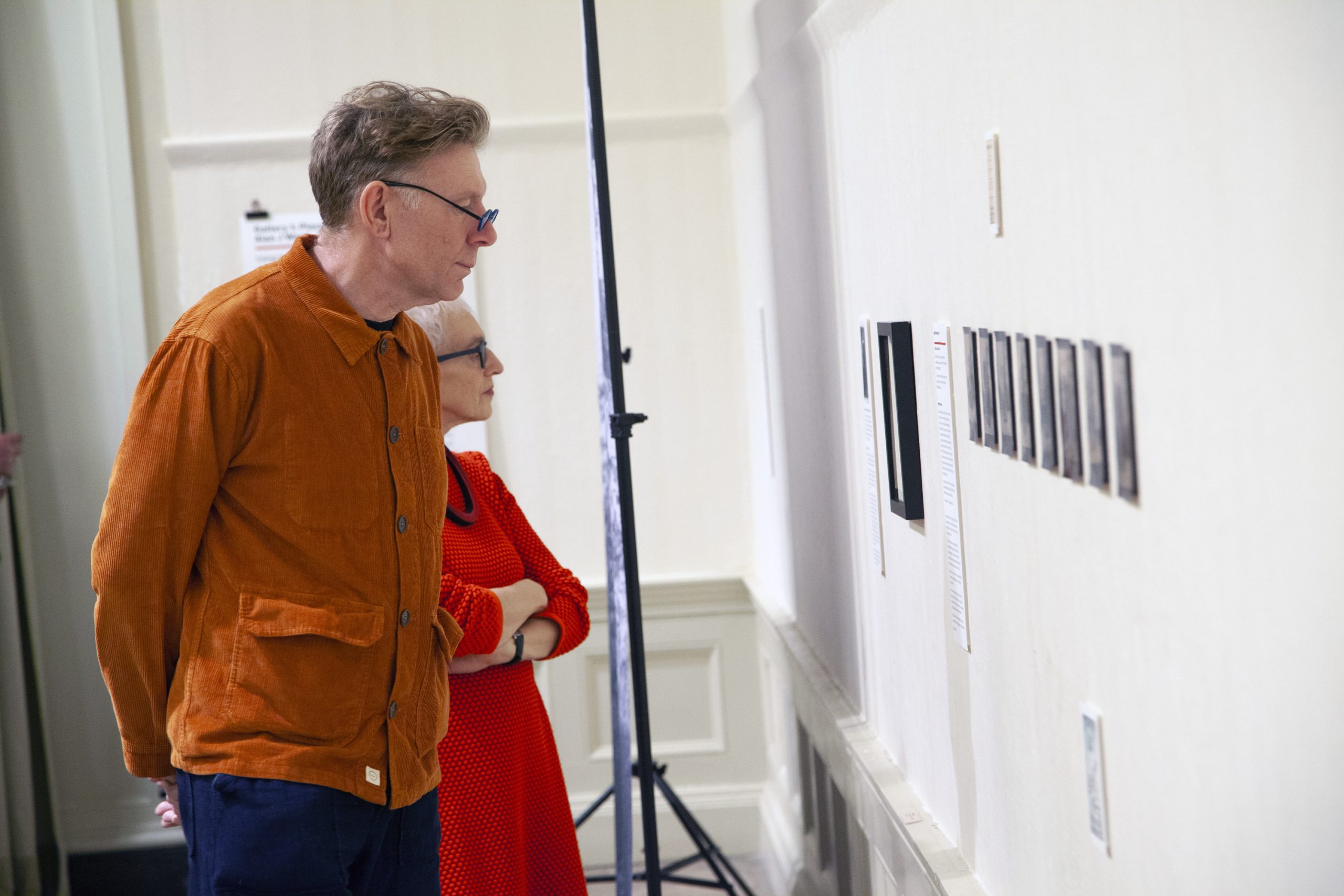In search of Sydney J Gearing
Engagement, connection, memory and a common cultural heritage
Using the rediscovered 98-year-old camera that documented a 1900s lost family archive of glass negatives, Place is the engagement strand of Photographs from Another Place.
In early 2019 Alan Ward was granted funding by Arts Council England to take Photographs from Another Place and Sydney’s original camera to groups on the Wirral who have connections to the stories he had discovered in the photographs. It was an engagement planned around a collective cultural heritage and inspired by the discovery of the camera three years into the research when he met Ruth, Sydney’s daughter, still alive and well in Devon. Along with that camera there were boxes of unused photographic paper and some glass negatives. These were gifted to Ward to see if they were still usable. It seemed a perfect opportunity to use the camera as a focal point for sharing and discussing the original archive with people directly touched by some of the stories in the collection. Sharing the Gearing collection with these groups and discussing their relevance has produced a series of conversations, images and encounters that have become a far greater aspect of the overall project than ever imagined. The Williamson saw that potential and allocated more space to it, which allowed Ward to thoroughly integrate it within the final exhibition plan. Place is the result of those encounters.
All exhibition preview images on this page are © Len Grant
———
‘When Alan Ward first approached the Williamson about this project it seemed straightforward: a collection of negatives of local interest and a contemporary photographer’s reaction to them. Artists often work within museums and galleries reinterpreting and reacting to their collections by redisplaying items in unusual or provocative ways, often integrating their own work, to view it all in a new context. This was doing it with a discrete collection, just not one that belongs to the museum.
How wrong I was. Wrong in not realising the full potential of the scheme and in underestimating the extraordinary investigative powers of Alan Ward whose sleuthing has uncovered layers of detail and stories that were waiting to be found.
What has occurred to me most forcefully is that we all have stories. Every family has rumour and legend, often going back generations, that will probably never be confirmed or denied, though the interest in family history fuelled by tv programmes and websites makes discoveries ever more likely. The catalyst for this exhibition, or rather group of exhibitions as there are separate parts that make up the whole, was the random purchase of negatives on eBay. The photographs led to newspaper research, meetings, finding documents, more photographs, objects and real people to illuminate the collection. Alan Ward’s interest in exploring the context surrounding these images has allowed their stories to be told. Most of us have photographs, many of which we cannot identify because the people who really knew died before we could ask them. A forensic look at what is really an archive would tell us more, if we only had the tenacity shown by Alan in his research.
The contacts made in the development of Photographs from Another Place could not have been predicted. The fact that Alan identified so personally with the locations offered clearly helped spur him on to go further than many would have done. He has found relationships in unexpected places and introduced his project to people unfamiliar with the world of art, photography and design which is his day to day experience. So, by conducting historic research he has put those people in contact with a contemporary artist and given a reason for them to visit an art gallery, quite possibly for the first time. For many, still, the notion of ‘art photography’ is alien but I have always believed in stepping-stones and leading people by the hand into unfamiliar territory. At the Williamson we have recently taken the presentation of photography exhibitions to a new level and I see this present show as a culmination of ambition, exhibiting historic work with contemporary, and celebrating the local links articulated in this publication.
Museums’ stores are veritable treasure houses of great diversity that take a lot of exploring. Having worked in one museum for a long time many of the items and their associated stories are known to me, but we make increasing efforts to communicate them to a wider audience and what is most important is that we never know what is going to bounce back. Every painting, every object, every photograph, has a story to tell but it can be a different story for every visitor because we cannot predict what a viewer brings of themselves. Therein lies the fascination of collecting and interpreting: the stories never actually end.’
Colin M Simpson
Principal Museums Officer, Wirral Museums Service


